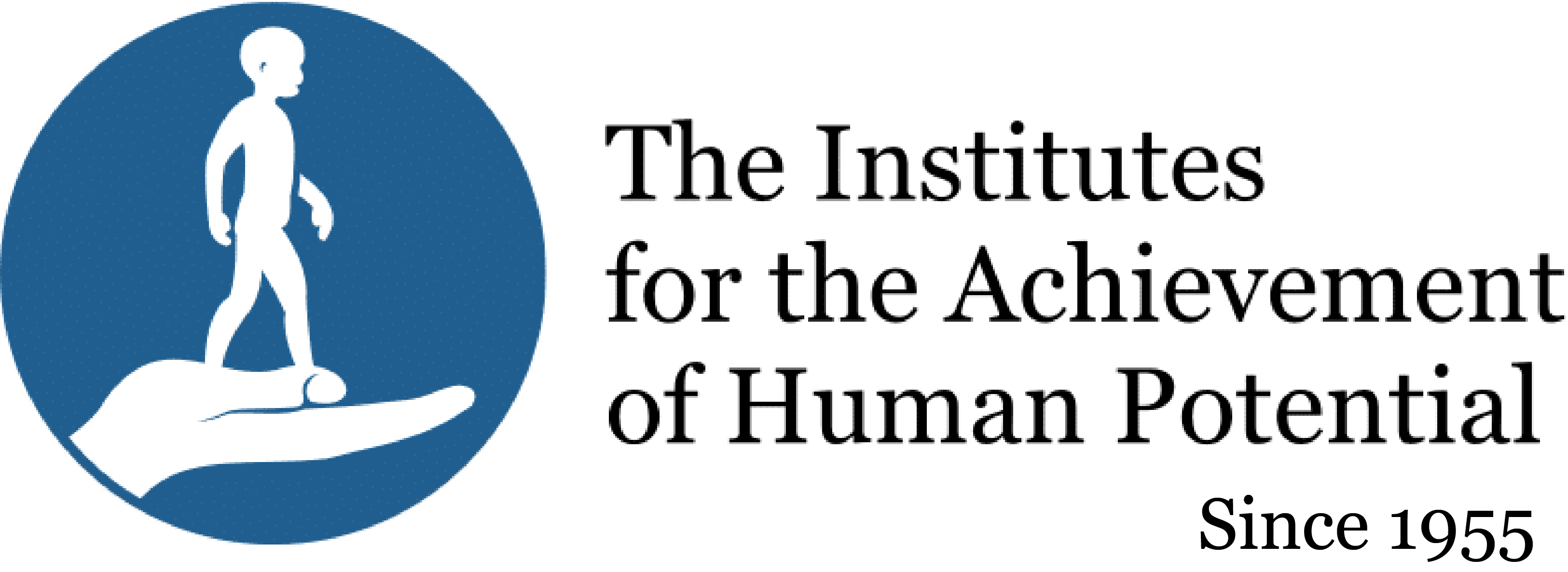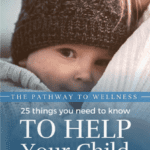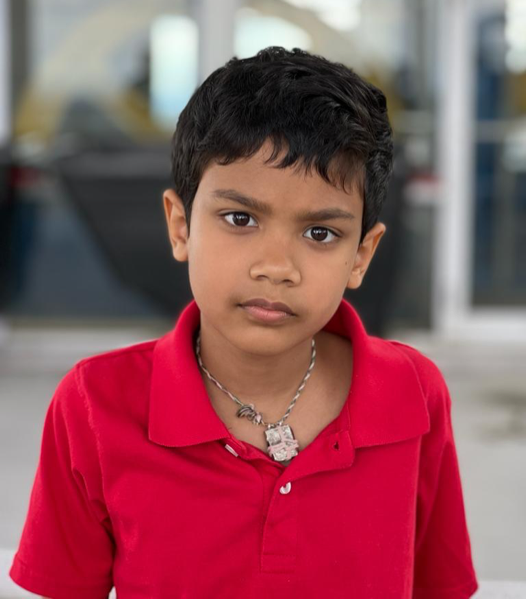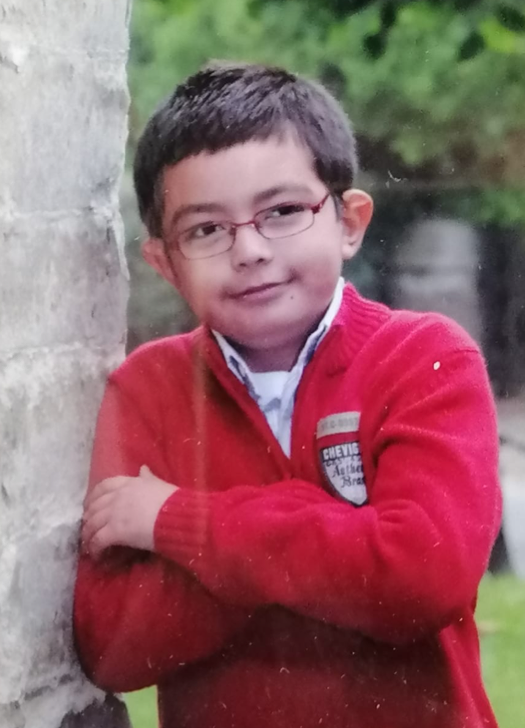Cerebral Ataxia: Jay’s Story
 Thu, May 31, 2018
Thu, May 31, 2018
 5 mins read
5 mins read

Jay, a handsome little boy with large problems but so much potential
My name is Jay. I read the story about Zac and his fight with Cerebellar Ataxia in The Institutes newsletter. I have the same neurological disorder as Zac. I just wanted to say that I went through the same program as Zac from 1964-1967. The story about Zac is a heart-warming story that hit “home” with me. I hope and pray that The Institutes keep helping these children who have Cerebellar Ataxia. I want these children to have the same chance that I was given.
My Story
I felt compelled to write this message because I think that it could be extremely useful to families who have children with Cerebellar Ataxia.
I was born with a congenital speech impairment. A pediatrician and neurologist concluded that I was a brain- injured child. During those years, people did not know what Cerebellar Ataxia was. Cerebellar Ataxia was discover in 1993. I know, and my current neurologist knows, that I was born with Cerebellar Ataxia, and I did exhibit the symptoms as a child.
My walking and balance were deteriorating
A doctor did an assessment on my physical condition and my cognitive skills, and his conclusion was that I was exhibiting deviant behavior, my walking and balance were deteriorating, and my ability to rationalize things was totally unacceptable. At that time, I was also making D’s and F’s in school.
The Program: Goals are given to improve balance, vision, and reading
After the assessment, the doctor along with a neurologist, referred my mom to The Institutes For the Achievement of Human Potential. The primary objective of this program was to improve my balance and gait, improve my cognitive abilities and skills, reduce the nystagmus in my eyes, and bring my reading skills up to my current grade level. When I started this program, I was in the 4th grade and it ended when I was in the 6th grade.
Clear Results: Improved balance, improved walking, significantly improved grades and better behavior
After I graduated from the program, my grades increased to A’s, B’s and C’s. I didn’t exhibit the behavior problems, and I was able to walk better. I had virtually no problems with my balance; however, my gait was a still a little wider than normal.

In High School Jay did well both academically and in sports
My speech improved, although I did retain a slur. I also retained the nystagmus in both eyes but it wasn’t as prevalent as before. I went on to play football from the 8th grade to the 12th grade. I also played on the golf team in high school. My days as a football player and a golfer are something I will always remember because each year our teams went to State.
Commendations, Awards and a University Degree
After I graduated from high school, I went to Blinn Jr. College and earned an AA degree. After I earned my AA degree I then enrolled at Tarleton State University where I earned a Bachelor of Science degree. After earning my BS degree, I enrolled at Sam Houston State University where I took some post-graduate courses in Social Rehabilitation.

The little boy who struggled in grade school just to get a D earns his Bachelor’s Degree in Science
After I graduated from college, I went to work for the Texas Department of Criminal Justice as a Correctional Officer and I was eventually promoted to the rank of Lieutenant. While working as a correctional officer, I enrolled at Sam Houston State University where I took some post-graduate courses in Social Rehabilitation. Later during my career, I was transferred to the Parole Division where I worked as a parole officer. During my career I received numerous commendations and awards.
I retired in 2004 after 25 years of service. After I retired I was awarded the Texas Flag that flew over the capitol of Texas in honor of my retirement.

Jay is honored for his life of service
“I had the tools I needed to live a quality life.”
In 2005 I was officially diagnosed with SCA 8. As a child I was at a severe disadvantage and some people assumed that I didn’t have the tools to attend college. The elements that made me what I am today are my immediate family members who never gave up on me, a few of my classmates at school that helped me with my program, and The Institutes.
Of course, I have to give myself credit for not giving up.
I feel compelled to let all people know that if the Institutes can help me, then I feel confident that The Institutes can very well help other children from the standpoint that if they can grasp the symptoms of Cerebellar Ataxia at an early age, then as an adult it’s possible they may be able to lead a much better quality of life the way I did. Believe it or not, I still have all the paperwork, programs, and therapy that I went through during this three-year program. I consider The Institutes as my extended family for providing me with the tools I needed to live a quality life.

Jay today with his wife Jan
As for now, I am 64 years old and Cerebellar Ataxia is worse, but I exercise vigorously every day . There is no cure for Cerebellar Ataxia so physical activities and proper eating habits is the only way that I can deal with it.
That’s my story.
My heart goes out to anyone – child or adult, who suffers from a brain injury or neurological disorder. The main thing is don’t give up.
Thank you for helping me, Zac and other children.
Cerebellar Ataxia
Cerebellar ataxia can be either acute or chronic. Cerebellar ataxia is a form of ataxia that originates from abnormalities such as inflammation in the occipital and temporal lobes of the cerebellum. The cerebellum is found at the back of the brain, below the cerebrum and close to the brainstem, and is responsible for motor control, muscle movement, and motor learning. This type of ataxia is most commonly known for causing a loss of balance and coordination, but it can lead to other symptoms such as fatigue, cognitive issues and visual abnormalities.
Learn More About the What To Do About Your Brain-Injured Child Course.
For more information, or to enroll, Contact Ashley
Phone: 215-836-4868
Email: wtd_registrar@iahp.org

 Donate
Donate






